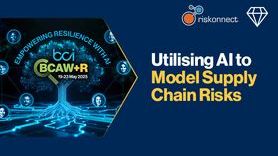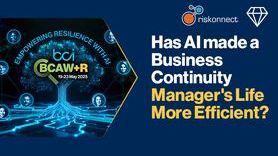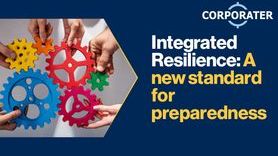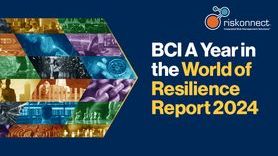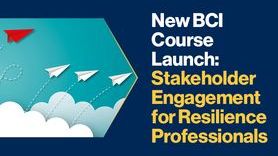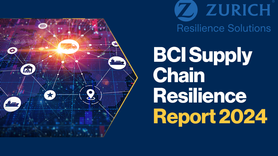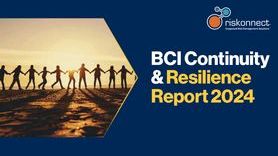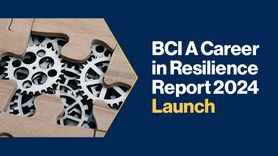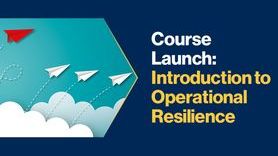Moving to a resilient future: COVID-19 prompts us to reconsider the role of business continuity

We are preparing for Business Continuity Awareness Week amidst an unprecedented time of discontinuity and peril. The Covid-19 crisis has certainly put the spotlight on business continuity. While lockdowns and other imposed restrictions may have forced certain industries to cease operating, there are a number of organisations that have continued to service customers and deliver products, with varying levels of success.
For organisations that continue to operate, one may ask – did having a business continuity plan (BCP) actually assist during this crisis? There has been a great deal of debate on this matter, often related to the adequacy of an organisation’s BCP. Organisations whose business continuity planning was incomplete or limited to IT disaster recovery and alternate site provisions were left expecting more. The simple answer, however, is ‘yes’. Although plans may not have considered a pandemic of this magnitude, organisations with a well-established business continuity capability have largely applauded it for enabling a swifter activation of remote work and other required contingencies. Some ways in which business continuity planning has assisted include:
- Response – providing a structure and framework for incident management and decision-making
- Teams – having established teams at different levels within an organisation, with trained and rehearsed individuals to implement the response
- Business priorities – having a business-analysed view of the time-critical functions and processes that needed to be resumed to direct the use of available resources effectively
- Human Resources – providing a breakdown of the staff required to meet acceptable levels of service and product delivery
- IT – having critical staff equipped and IT networks geared to accommodate remote work (albeit for a smaller complement of staff than was eventually capacitated as a result of Covid)
- Work area recovery facilities – in certain instances, these facilities were leveraged to achieve social distancing and split an organisation’s risk.
While existing business continuity frameworks and capabilities did offer benefit during Covid-19, they often required amendment or were used as a basis to define new responses. One thing for sure is that they should be revised based on the lessons learnt over the past few months. However, business continuity professionals need to think beyond this. It is evident that Covid-19 marks a turning point for change in business, social and other spheres. The extent of change remains to be seen, with several predictions being made by analysts and futurists.
So, how should the face of business continuity change to meet emerging needs? In my view, a strategic focus needs to be placed on resilience. As organisations ponder long term changes to their business and operating models, either for enhancement or as a response to macro environment developments, resilience needs to underpin their thought process, with continuity principles built into all changes.
By way of example, let us consider some predictions that have been made:
- An increase in remote work – a number of organisations have found remote work to be surprisingly effective and seek to leverage the advantages it presents into the future. While HR works on new models to manage a remote workforce, consideration should also be given to actively ensuring that cross-skilling and succession planning still take place. While IT looks at updating policies for remote work, increased information security risks need to be addressed. Without taking the recent success of remote work for granted, organisations need to analyse the impact of the changes made and the additional risks presented when revising their business continuity strategies.
- An increase in robotics and automation – Covid-19 has been cited as an accelerator for organisations’ automation and digital transformation journeys, especially in industries with a high reliance on site-based staff. It is crucial that such developments are done in a resilient manner. Taking it a step further though, why not use the automation of big data analytics to detect, inform and assess business continuity threats and responses?
- Localisation of supply chains – with pain felt as a result of global supply chain disruptions and the need to support the economy, predictions have been made regarding diversification and localisation of supply chains. Organisations are far more aware of their single points of failure than before the crisis. The re-evaluation of supply chains offers the ideal opportunity to collaboratively plan for resilience across multiple players and ensure that appropriate controls are built in contractually and operationally.
We live in a volatile time, and the decisions made now will impact the course of organisations in the future. This is the time for business continuity and risk practitioners to step up and ensure that new world that emerges post Covid-19 is a resilient one.
Author:
Padma Naidoo, General Manager: Advisory, ContinuitySA







